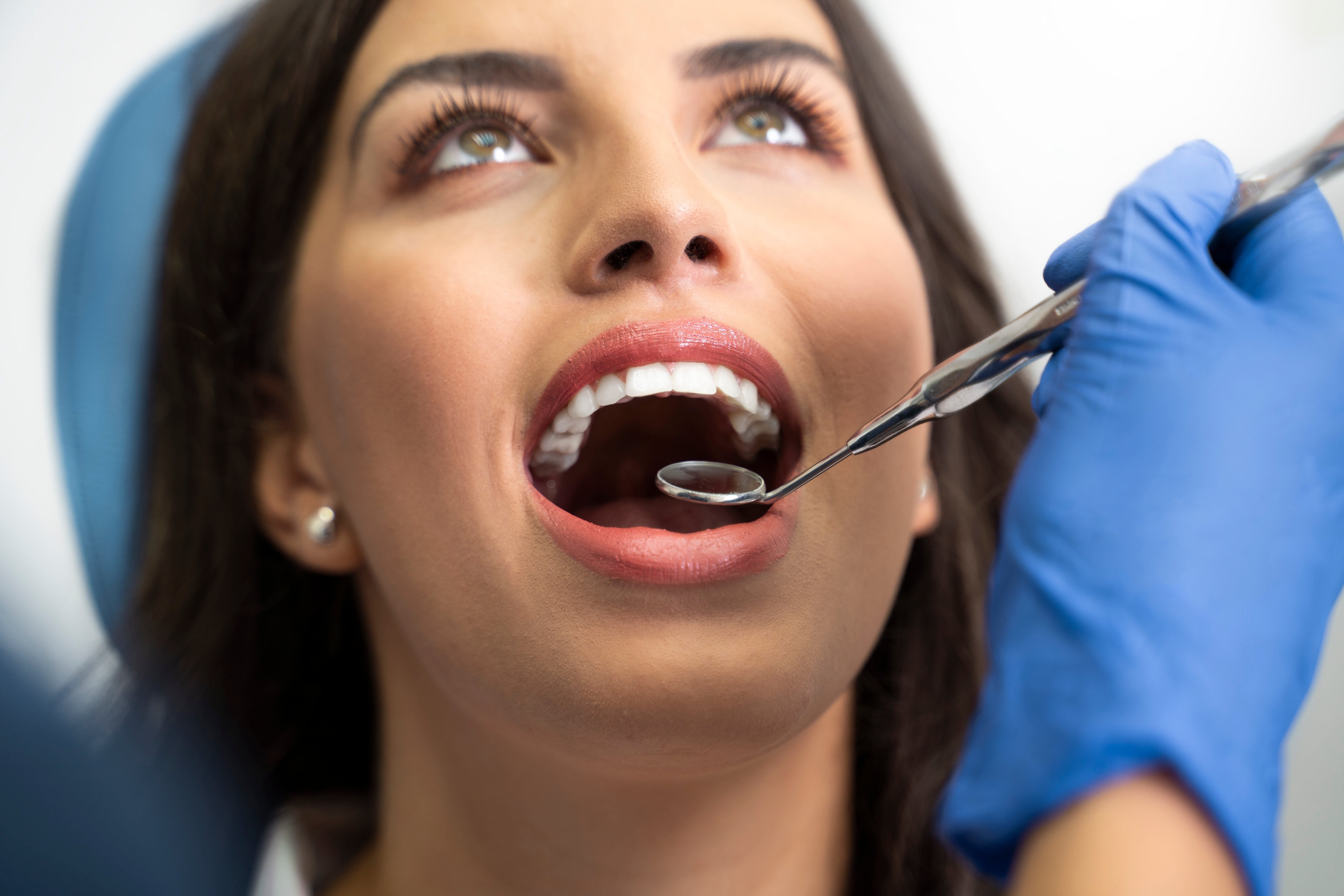
Regular dental checkups should involve more than checking your teeth and gums. Sometimes, you will notice that the dentist will ask you to hold out your tongue. When you do this, they will feel around the base. They are looking for signs of oral cancer.
Cancer is the uncontrollable growth of invading cells that damage tissue. However, you can catch oral cancer early before the symptoms and damage occur. Early detection leads to early treatment.
Symptoms of Oral Cancer
Oral cancer includes cancers that appear on the tongue, hard palate, the floor of the mouth, lips, and cheeks. It can be life-threatening, but an early diagnosis can lead to treatment that may save your life. Some of the symptoms of this cancer include:
Sores that bleed easily or unexplainable bleeding in the mouth
Lumps, rough spots, swellings, or thickening on areas in the mouth
White or red patches in the oral cavity
Numbness, pain, or tenderness in your mouth or lips
Difficulty speaking, chewing, or swallowing
Changes in the way your teeth and dentures fit together
Weight loss
Some of the symptoms may be due to other reasons, and they may resolve themselves. However, be cautious. Visit your dentist, John K. See, DDS, and let them take a look at the signs. They may also take you through some tests to determine if the growths or abnormalities are cancerous. Afterward, they will develop an appropriate treatment plan.
What do the tests involve?
Visual Exam
Your dentist will examine your entire mouth, checking for abnormalities. These include swelling, sores, patches of color, and bleeding that may appear on your jaw, cheeks, face, lips, neck, and inside your nose. They will use a tongue depressor, light, and a mirror. You will also stick out your tongue to expose the areas of your throat that are difficult to see.
Physical Exam
After seeing the abnormalities, they will use touch to see if there are any unusual masses or nodules. They will physically examine your neck, face, and mouth. Touching is vital as it helps find hard lumps in tissue and other cancer-causing abnormalities.
Cancer may be painful in its advanced stages. However, the swellings and cancerous abnormalities may be painless in the early stages. It should give you even more reason to ensure you get regular screening.
Use of Devices
After the visual and physical exam, the dentist may use cancer screening devices. They may use an oral brush to remove some cells for testing. They may also employ the use of an enhanced oral assessment system tool.
It uses fluorescent light to help identify suspicious tissue. The dentist will use these and many other devices. It is crucial to the process and early detection. It also avoids misdiagnosis.
After the Screening
After everything, and the doctor finds any cancer-like symptoms, they may refer you to a professional. They may also suggest lifestyle changes. Use the opportunity to talk to your dentist about your concerns and fears.
For more information on oral cancer screening, visit John K. See, DDS, at our Camarillo, California office. Call (805) 920-8600 to schedule an appointment today.










